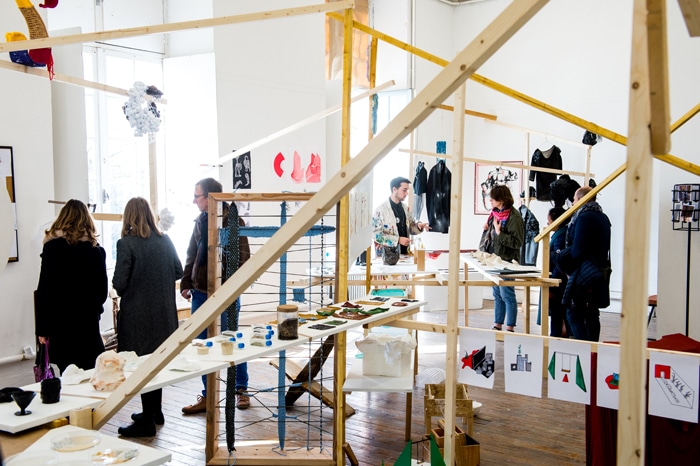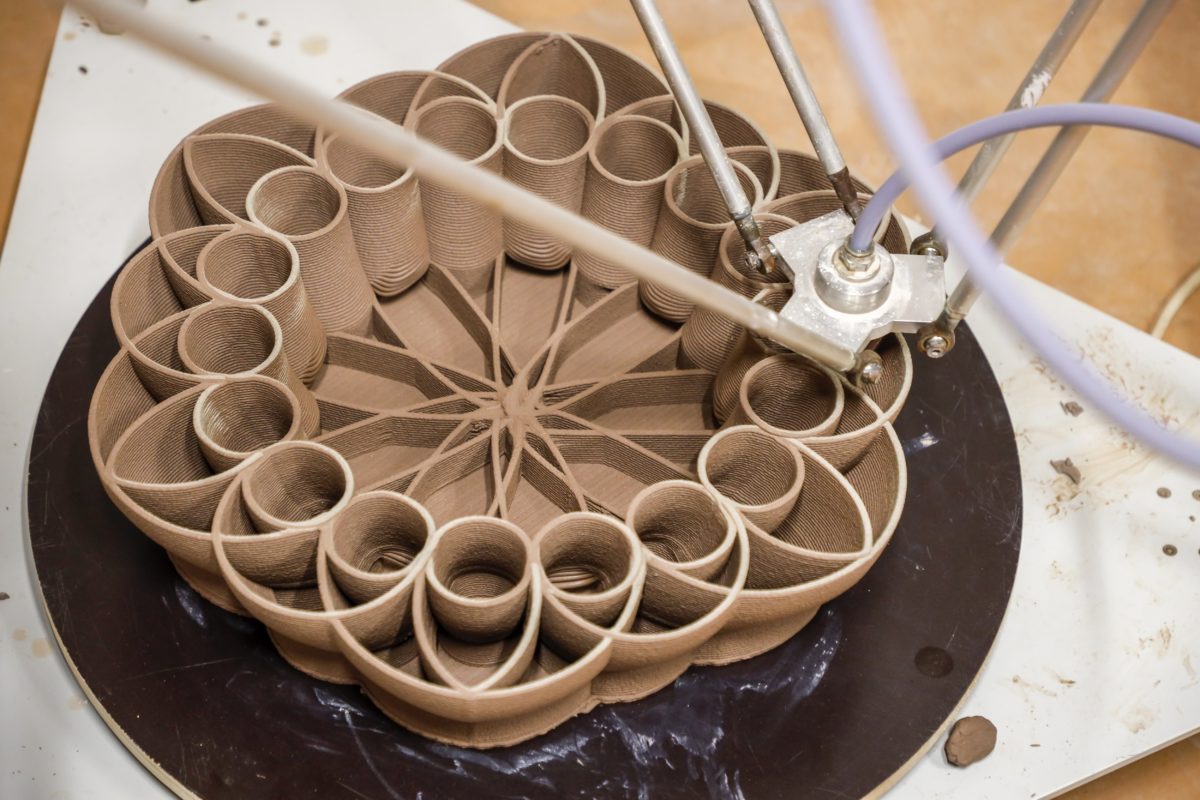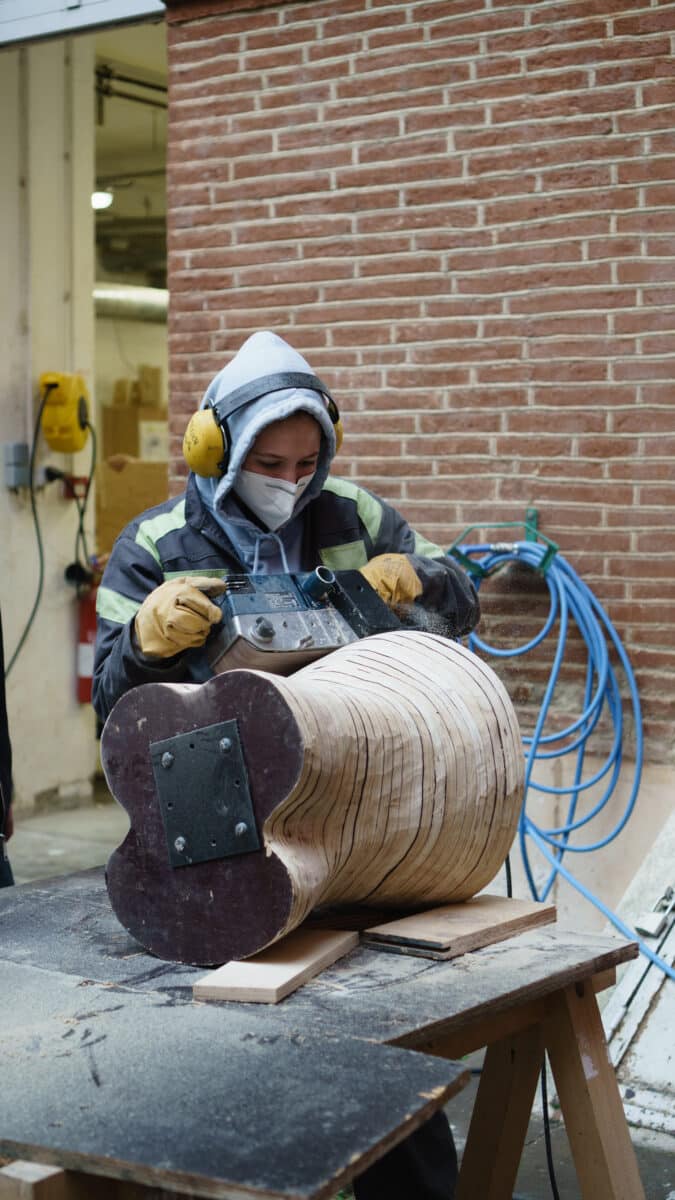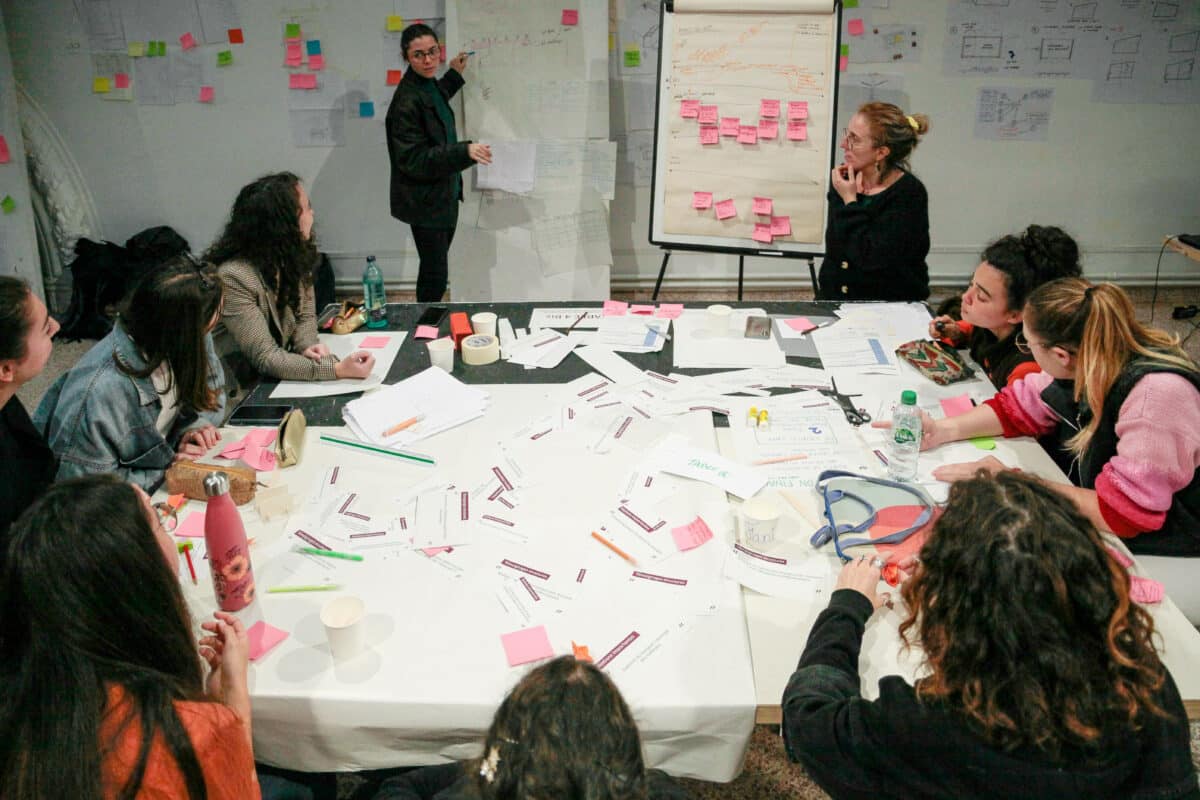Cycle 1 design
Cycle 1 design at isdaT focuses on ways of doing design at a time when balances are being undermined by the effects of the overproduction model of capitalist societies. This orientation translates into the promotion of an attentive, sensitive and critical design attitude that takes into account the complexity of ecological and social balances: human organizations, resources, modes of supply and production, uses and practices, enabling adaptability, reparability and even self-management by the inhabitants concerned, rather than a fixed proposition.
In this way, the specificity of the training program is partly based on practical experience in the field. Confronted with diverse project contexts rooted in reality, students are introduced to observing, analyzing and probing the contexts they approach, to get as close as possible to the protagonists and the specific features of the territories*. On the other hand, it is defined by workshop practice, a place where a spirit of ingenuity and inventiveness is cultivated to think and make operative forms likely to make the world more habitable on a daily basis, whether by designing signs, objects or spaces.
*This investigative approach is as much a methodological contribution as a strategy for integration into the economic and social fabric.
In the first cycle, the “spaces and objects” design option trains designers to conceive and lead projects in the field of design, with particular attention to resources and production methods, and to implement them through the design of objects and/or fittings for social spaces (from the private to the public sphere).
Based on the analysis of real-life specifications, students learn to mobilize knowledge and techniques specific to space and object project methodology, as well as to produce technical documents enabling production and reproduction in various manufacturing locations.
Acquisition
- Mastery of project management stages (analyze, design, manufacture, represent).
- Mastery of design tools, from 2D drawings to traditional models, 3D models, digital printing, etc.
- Mastery of representation tools from coded drawing to 2D and 3D software, animation, 3D rendering, etc.
- Identify fields of practice and associated issues, build up a critical corpus.
- Learn how to present a project orally and put it into space in response to a specific request.
- Initiate a personal approach.
- Develop a critical sense.
Objectives
- Train multi-skilled designers capable of articulating several scales of intervention according to given situations (how a proposal for spatial organization relates to a proposal for signage, for example).
- Train designers capable of adjusting production tools, materials and gestures to the context in question.
- Introduce them to different manufacturing methods, and to the experience of different modes of production, so as to be able to envisage singular articulations.
- Train designers to pay attention to resources.
- Raise awareness of reparability, maintenance and care.
Careers and employment opportunities
Designer, assistant designer, prototypist, artisan designer.
Students need to master the tools of the trade before they can join a design studio, or an architecture or interior design agency.
Practical experience in various workshops will also give them a knowledge of factories, enabling them to design and sometimes manufacture their own creations.
The methodological skills, tools and know-how acquired also enable them to enter related fields: exhibition scenography, urban landscape design, mediation tools.
This program trains designers capable of integrating fields such as interior architecture, product design, furniture design, space design, architecture, scenography and craftsmanship, with particular sensitivity to the issues of re-use and short circuits, and experience of various production methods: local know-how, crafts, fablabs, factories. The target region is primarily Occitanie, given its proximity and the networks of partners developed by isdaT.
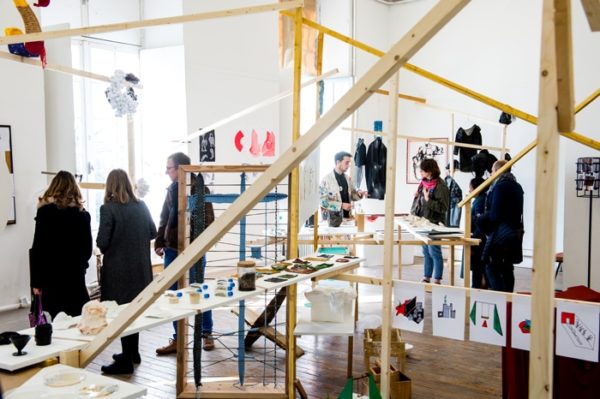
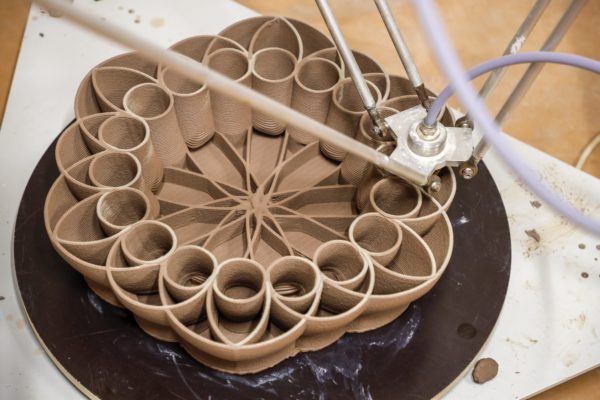
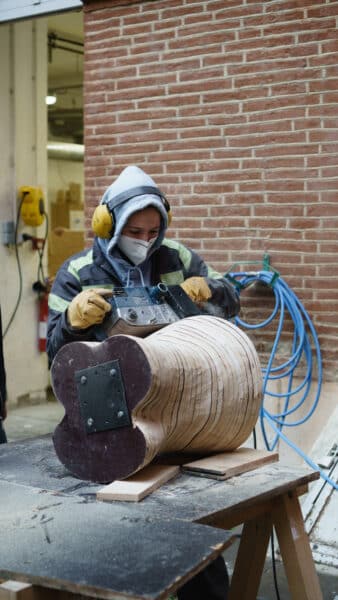
Internships
Projects in collaboration with institutions outside of isdaT are organised in the different years of the design option (workshop, competition, real-life scenario, internship). They are intended to encourage familiarity with the methods of research and joint work in conditions approaching those of the realities of the professional world. The internships—lasting a total of four weeks—can be carried out in several periods, but must take place in semesters 4 or 5.
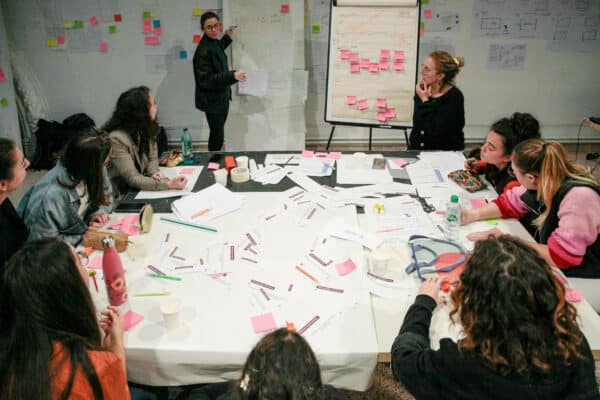
Assessments
Credits are awarded by a panel of college teachers and are based on the following components: continuous assessment, staging and semester evaluations. At the end of semester 4, the board decides whether the student advances to semester 5 or needs to repeat the semester. A student may not be allowed to repeat a year. At the end of semester 6 (approximately 8 weeks before the DNA), the council allocates the credits for the acquisition of the diploma; this consists of the presentation of pieces chosen from semesters 1 to 6 which are indicative of each student’s evolution and of their work during the semester, inaugurating the start of the research phase.



Courses catalog
All information concerning the course programme and timetables can be found on the dedicated Art, design and graphic design courses catalog website (in French).



The path to a diploma
During the DNA, research and course work done by the student during the first six semesters are evaluated by a guest jury.



Admission into cycle 2
Before obtaining the DNA, students who wish to continue their second cycle studies at isdaT will appear before an admissions committee. This is announced in the form of a written submission that includes the research project and portfolio. A student in year 3 can appear before one or more admission committees for the 2nd cycle regardless of the option chosen during the 1st cycle. Students can also appear before the equivalence and admission committees of other schools if the above is in keeping with their career or goals.



Staff
Administrative staff
Art, design, and graphic design studies director
David Mozziconacci
david.mozziconacci@isdat.fr
Department secretary
Bettina Mellet and Fabrice Matéo
+33 (0)5 31 47 11 95
+33 (0)5 31 47 11 94
bettina.mellet@isdat.fr
fabrice.mateo@isdat.fr
Educational staff
Lists and biographies of professors and teaching assistants.







